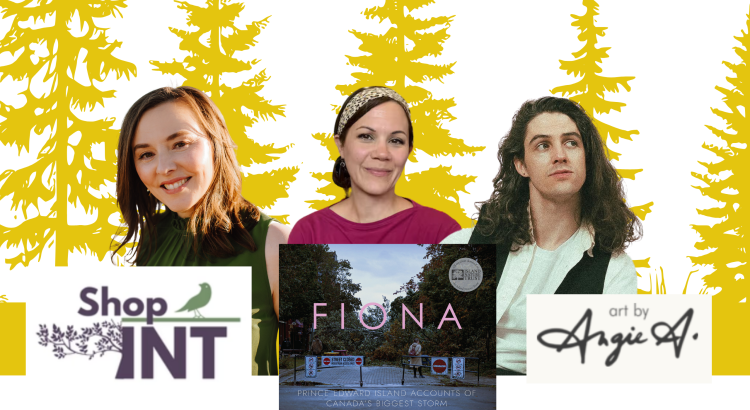Welcome to the world of creative fundraising, where your passion for nature meets your knack for innovation. At Island Nature Trust, we’re dedicated to protecting the natural beauty of Prince Edward Island, and we invite you to join us in our mission through Be Creative for Nature. In this article, we’ll explore various fundraising methods – from organizing events to crafting innovative products – inspired by success stories and practical tips.
Read moreCategory: News
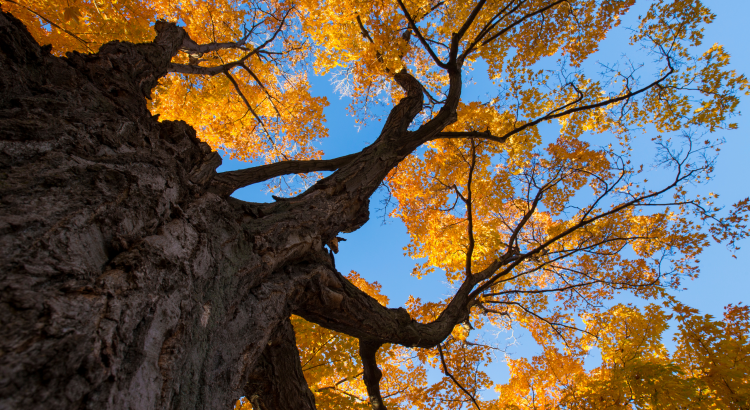
Growing A Legacy: The Impact of Seed Tree Sponsors
The Invest in Nature initiative by Island Nature Trust is more than a call to action; it’s a pledge to safeguard Prince Edward Island’s natural landscapes and protect them in perpetuity. In the heart of this conservation effort lies the Seed Tree Sponsorship program, an avenue that allows us to honor and protect the magnificent seed trees of our Island’s forests. These venerable trees, often termed the matriarchs of our woodlands, play an indispensable role in the regeneration of our forests, ensuring the continuity of their unique species.
Read more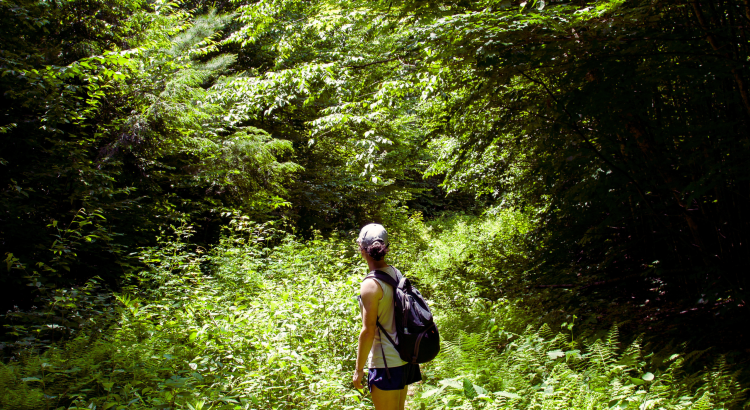
Safeguarding the Wabanaki-Acadian Forest
Prince Edward Island, known for its beautiful rolling fields and stunning coastal views, is also home to a unique and invaluable natural treasure – the Wabanaki-Acadian Forest. This intricate network of native forests spans across Kings, Queen, and Prince Counties and plays a crucial role in maintaining the Island’s biodiversity. However, these forests are under constant threat from various factors, including development and climate change.
Help INT purchase ecologically valuable lands across PEI to be protected in perpetuity.
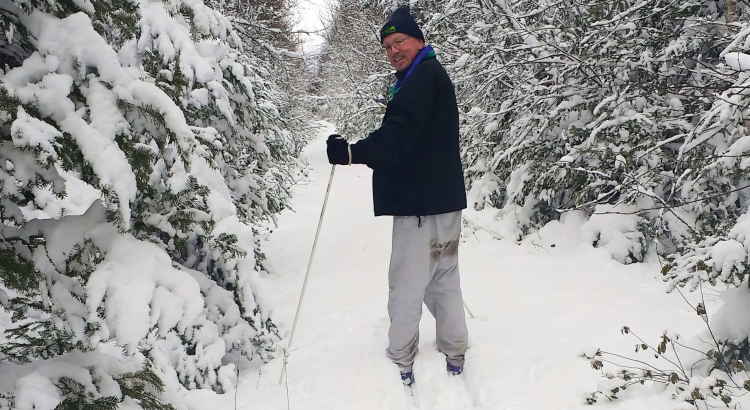
Nature’s Guardians: Messengers from the Heart of Our Natural Areas
For over four decades, Island Nature Trust (INT) has been dedicated to the protection of Prince Edward Island’s natural landscapes and its at-risk plants and wildlife. In July, the organization achieved a significant milestone, surpassing 10,000 acres of protected land, and it’s through the tireless efforts of over 70 dedicated Guardian volunteers that we aim to maintain the ecological integrity of INT’s natural areas.
Chris Brennan, a 70-year-old Islander and one of INT’s 76 Conservation Guardians, shares his motivation for being a Guardian for Nature: “It’s a way to help nature a little and not feel as hopeless and anxious in the face of the major environmental crises we are experiencing.”
Read more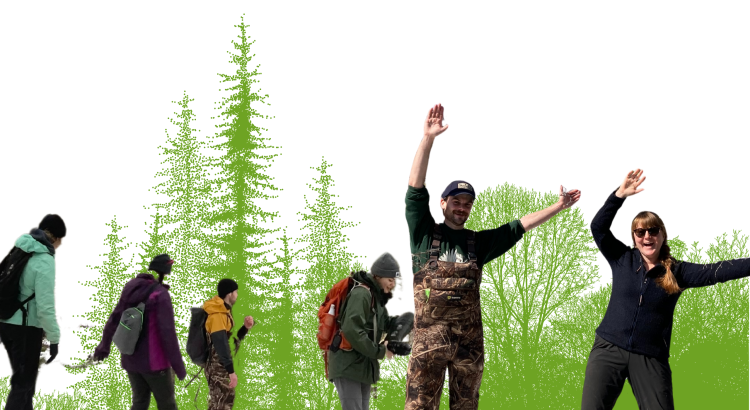
Embracing the Guardian Spirit: A Journey of Stewardship
Welcome to the heart of being a Guardian for Nature, where the essence of stewardship intertwines with the call to become custodians of Prince Edward Island’s natural heritage. In the realm of conservation, stewardship is the cornerstone, and being a Guardian for Nature is the embodiment of this duty.
At Island Nature Trust, stewardship is not merely a concept; it’s a way of life—a commitment to safeguarding our Island’s ecological heritage for generations to come. As stewards of over 11,000 acres of land across PEI, we take on the responsibility of monitoring, maintaining, and restoring these treasured ecosystems in perpetuity.
Read more
Privately Protecting Natural Areas on Prince Edward Island: The Story of Kathy Stuart and Stuart Memorial Woodland Natural Area
Although Prince Edward Island is the smallest province in Canada, many call it home. This small Island boasts a large variety of landscapes, forests, rolling fields, rivers, wetlands, and beaches, all of which enhance the Islanders’ attachment to the land. The Island is roughly 85% privately owned, and many of the landowners are long-term residents or visitors with special ties to PEI’s natural beauty. For those with strong ties to the Island and its natural features, it is not hard to see that the pressure of development is decreasing the Island’s natural spaces; and for some, the need to conserve these areas for future generations is evident.
Read more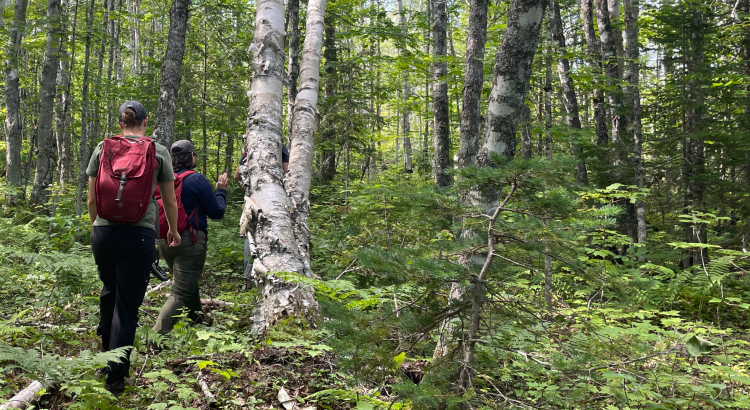
Private Landowner’s Frequently Asked Questions:
Many of Prince Edward Island’s residents have strong ties to the Island and would like to see the natural features that define the landscape preserved for future generations to enjoy. There are several options for private landowners who are interested in protecting their properties from future development and conserving the land’s natural features. Island Nature Trust has an “Options booklet” available for people interested in exploring land conservation opportunities. For landowners who want to keep their properties in their family for future generations, but also want to ensure that they are not developed in the future, using a legal mechanism such as the Natural Areas Protection Act (NAPA) might be the right option. Protecting land under the NAPA is a big decision, and big decisions are often paired with several questions. We hope to answer a few of them here today.
Read more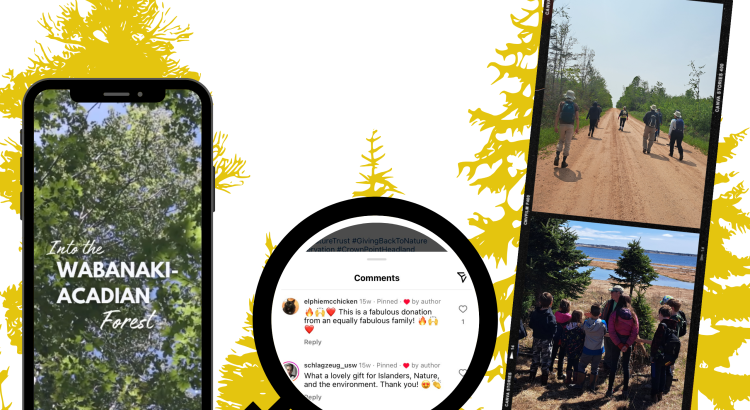
Nature’s Social Media Advocates: Amplifying Conservation Efforts with Island Nature Trust
Conservation isn’t solely the responsibility of organizations or governments; individuals hold immense power to drive change, especially in the digital era. Social media platforms serve as potent tools to amplify voices and advocate for crucial causes like environmental conservation. Here’s how you, as an individual, can leverage your social media channels to support Island Nature Trust and contribute to conservation efforts:
Read more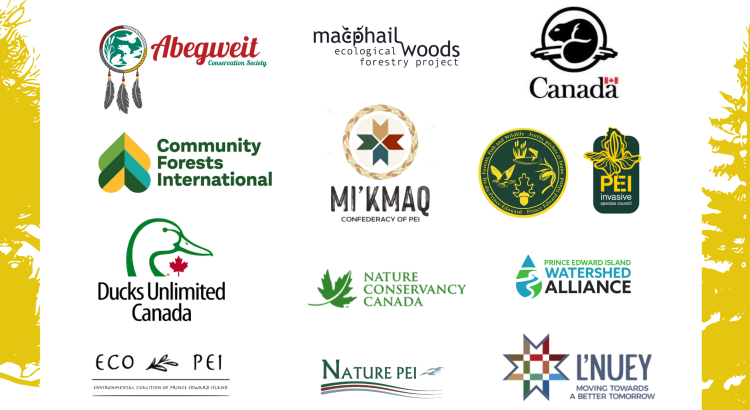
Strengthening Conservation Through Collaboration
INT’s Vital Nonprofit Partnerships
Conservation is a collective effort that requires collaboration and active participation from various organizations and individuals. Island Nature Trust (INT) recognizes the importance of forging partnerships with like-minded organizations to achieve its mission of protecting Prince Edward Island’s natural heritage. These partnerships extend beyond shared goals; they represent a shared commitment to conservation and the collective responsibility we hold to safeguard our environment. By engaging with these organizations and amplifying their efforts on social media, individuals can play a vital role in advocating for nature and supporting INT’s conservation initiatives. Don’t forget to like, follow, and share content from these organizations on social media, and inform yourself by visiting their websites to stay updated on their latest initiatives and opportunities for involvement. Join the conversation and Be Outspoken for Nature today!
Read more
‘If I Could Hug an Island’: The Song That Mends Hearts and Helps Heal the Island
In the aftermath of post-tropical storm Fiona’s devastating impact on Prince Edward Island, Island singer-songwriter Noah Malcolm found a powerful way to channel his feelings of grief and helplessness into a beautiful composition. His heartwarming song, ‘If I Could Hug an Island,’ has resonated deeply with Islanders, offering comfort and warmth during a challenging time.
Read more